Welcome to this brief history lesson of sorts into Yu-Gi-Oh!'s master rules - the set of official rules for the Yu-Gi-Oh! trading card game. 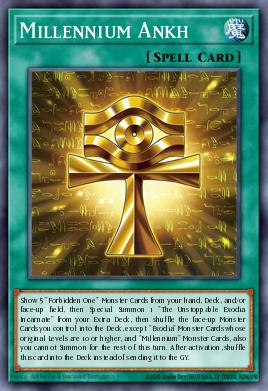
While rulings have differed over the years between the Official Card Game (OCG) and the Trading Card Game (TCG), the terminology used throughout the game has been drastically altered and adjusted over the years through new iterations of the Master Rule and its predecessors.
In this article, I will be describing and analysing the various states of Yu-Gi-Oh!'s rules over its' decades of existence, but if you would like to read more about the specifics of any given element of rules and their meanings, you can find more information about Master Rules here.
Before Master Rules
Before the existence of Yu-Gi-Oh!'s master rule rulesets, there were several iterations of rules for the card game. The first of these was the "Official Rules" - These were introduced with the Volume 1 booster pack of Yu-Gi-Oh!, released in 1999 in the OCG.
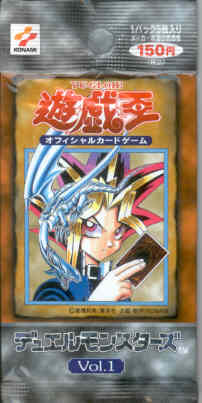 Some noteworthy differences from later formats of these rules are as follows:
Some noteworthy differences from later formats of these rules are as follows:
- Draw phase is not conducted on first turn
- There is no tribute summon, and all monsters can be Normal summoned without Tributing.
- Only 1 Spell or Trap Card can be activated/Set per turn.
- Trap Cards remain on the field after activation, unless its effect specifies it destroys itself.
- Side decks consist of 10 cards at maximum.
- There is no hand size limit.
- If a match ends with 1 Win and 2 Draws, then the match itself is declared a draw.
- Only one player can control a Field Spell Card.
- Fusion summons can only be performed using Fusion Materials on the field.
- If agreed upon beforehand, cards and/or Star Chips can be bet and won during Duels.
- If a Fusion Monster would be returned to the hand, it actually does so before being put back in the Fusion Deck.
- Quick effects cannot be activated from the hand (i.e. Kuriboh)
As you may be able to infer from these rules, many of them are inspired by the way in which things played out in the original Yu-Gi-Oh! series, with traps often persisting beyond activation, or field spells affecting both players functionally - Not to mention star chip rules.
Some of you may recognise this ruleset as one adopted by some Yugituber series, such as MBT Yu-Gi-Oh!'s "Junior Journey" series.
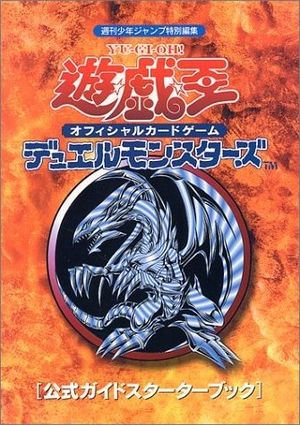
These rules remained in effect as the primary ruleset for Yu-Gi-Oh! until May of 1999, when the Official Guide Starter Book introduced the Expert Rules, the newly adjusted set of rules.
The changes from the Official Rules upon their introduction were as follows:
- Introduction of Tribute summons.
- Removal of limit on number of spells/traps used per turn.
- Fusion materials can be used from the hand.
- Quick effects can be activated from the hand.
- Introduction of distinction between "Flip" monsters and "Effect" monsters.
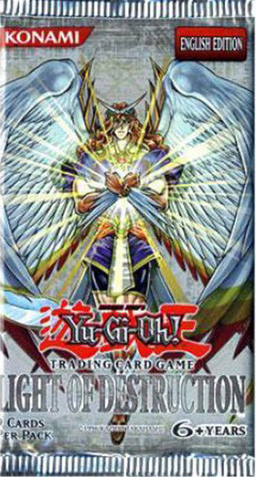
Overall these changes distinguished several of the key types of monsters we see today, with Flip and tribute summons becoming present. These changes were then followed by the New Expert Rules, which were in effect from the start of Series 2 (2000-2002) until Series 5 (2006 to 2008).
The changes introduced by New Expert Rules are as follows:
- Introduction of the Deck Out rule.
- Introduction of the hand size limit.
- Side Deck size increased to 15 cards.
- Scoring 1 win and 2 draws in a match results in a win.
- Introduces Continuous and Quick-Play Spell Cards.
- Introduces Trap card types: Normal, Continuous and Counter, and trap cards no longer destroy themselves as part of their effect.
- Introduces the concept of Spell Speed (Read more about this here).
- Introduction of Special Summoning
- Introduction of Priority for Ignition Effects.
In short, these changes add a great deal of granularity to card types, distinguishing between types of cards whose effects persist while they remain on the field, and those that immediately resolve and move to the graveyard, and provided a basis for speed of cards in the spell speed system. This was the last rules change prior to the first introduction of Master Rules starting with Series 6.
Master Rule
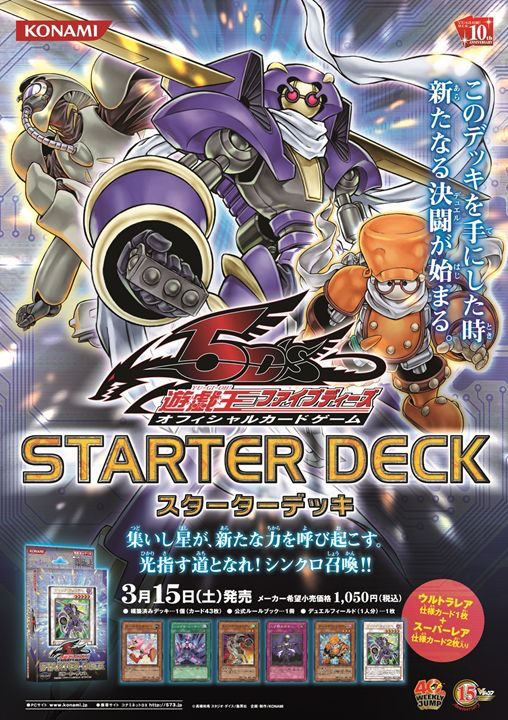
The first iteration of Master Rule came into effect in the OCG in 2008, with the release of Starter Deck 2008, and alongside the beginning of Series 6.
This master rule focused on changes and additions to terminology, and limitations on the number of cards allowed in the various decks.
The newly introduced terminology with Master Rule included Tuner monsters, Synchro monsters, and Synchro Summoning. Additionally, "Sacrifice Summon" was renamed to "Advance Summon", "Sacrifice" to "Release" and the "Fusion Deck" was renamed to the "Extra Deck", in order to accomodate the new summoning mechanic - Synchro summoning.

Lastly, the main deck became restricted to the range of 40-60 cards, the Extra deck to 0-15 cards, and the Side Deck to 0-15 cards. Included above is a relatively famous image of two duelists who brought a deck with 2222 cards in it, famously thought to be the nail in the coffin for the game's lack of deck size. Overall these were generally considered good changes, standardising the new summoning mechanic, and limiting abuse of the current ruleset through minor restrictions.
Master Rule 2
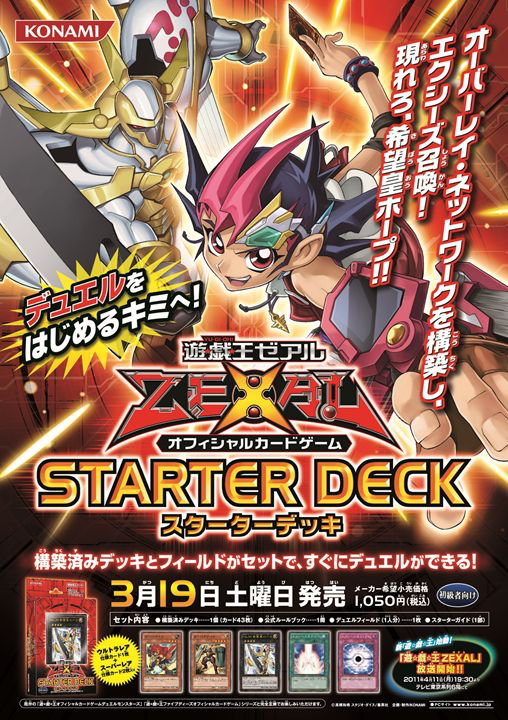
Master Rule 2 was the first revision of Master rule, and came into effect in the OCG with the release of Starter Deck 2011, on March 19th 2011.
This to date was one of the smaller change lists, functionally only adding Xyz Monster, Xyz Summon, and Ranks to the terminology of the Yu-Gi-Oh! card game.
Aside from these additions, Master Rule 2 also Removed "Ignition Effect Priority". This meant that monster ignition effects from this point on cannot be activated during the summon response window, where cards such as Bottomless Trap Hole would normally activate and resolve. Overall this was a significant nerf to monsters with powerful ignition effects, making them far more difficult to utilise.
Master Rule 3
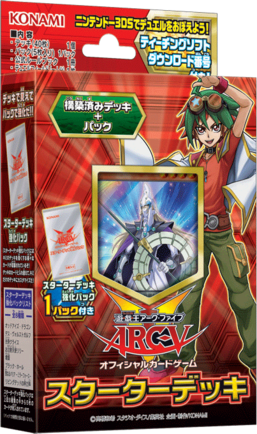
Master Rule 3 came into effect in the OCG with the release of Starter Deck 2014, on March 21st, 2014. This Master Rule and the following card releases were rather contemptuous, drawing the ire of many veterans of the card game due to the inherent complexities of the Pendulum card mechanic and its potential ramifications on the game.
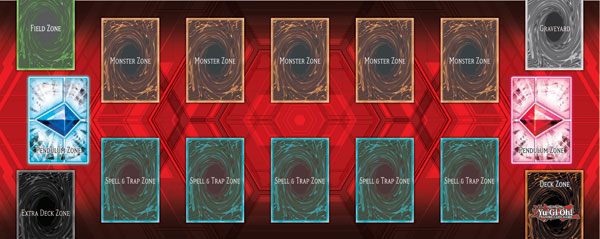
Shown: The Master Rule 3 Yu-Gi-Oh! board layout, now with Pendulum Zones.
Master rule 3 introduced the following terminology:
- Pendulum Zone
- Pendulum Monster
- Pendulum Summon
- Pendulum Scale
And additionally changed Monster Card Zone, Spell & Trap card Zone and Field Card Zone to Monster Zone, Spell & Trap Zone and Field Zone respectviely - Largely changes for the sake of brevity.
Additionally, the following mechanical changes were made:
- The first player no longer draws during their first Draw Phase.
- Each player can control one field spell, and placing a field spell now sends the previous field spell to the graveyard instead of destroying it (This largely mattered for field spells such as Geartown.)
- The Damage Step was simplified into five timings: Start of damage step, Before damage calculation, During damage calculation, After damage calculation, and End of the Damage Step.
- Introduced a new standardization of the card texts similar to Problem-Solving Card Text used by the TCG.
The majority of these changes were positive for the game - As years passed, going second became weaker as end boards became stronger, so the difference in card economy by not drawing going first helped remedy this problem. The damage step was famously a hard part of the game to understand, so breaking it into fewer more clear stages was overall a good change.
New Master Rule
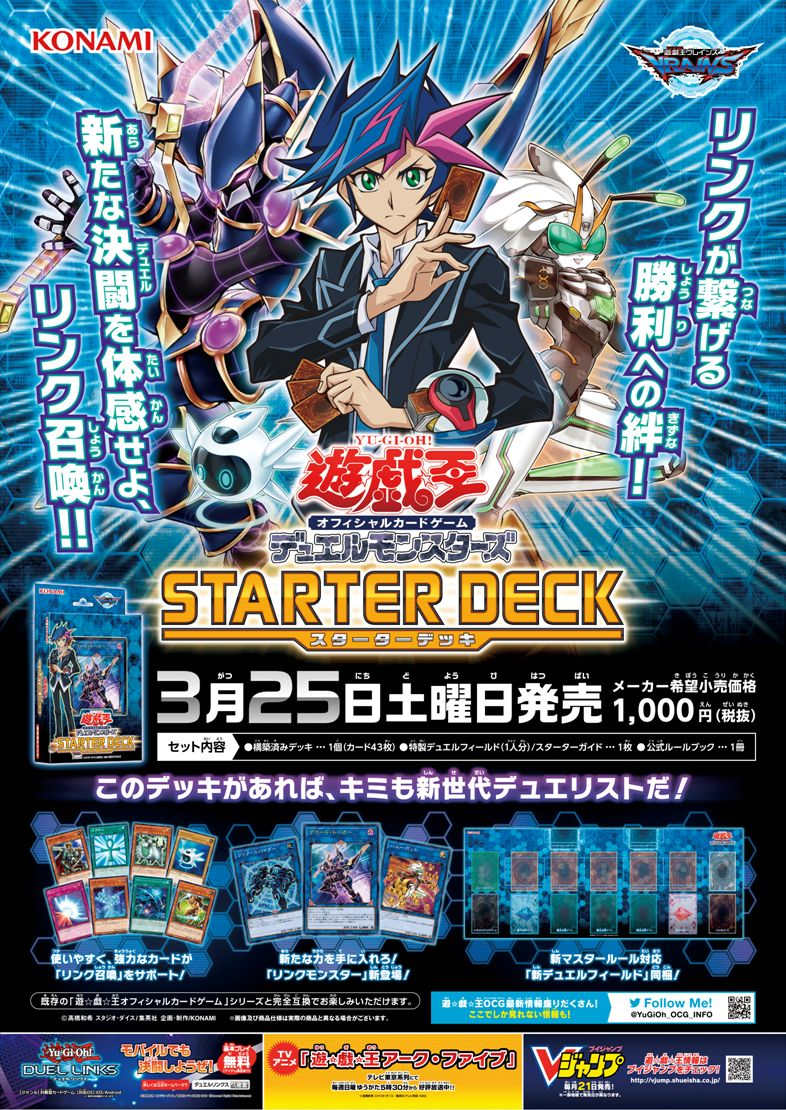
New Master Rule (Colloquially known as "Master Rule 4") came into effect in the OCG with the release of Starter Deck 2017, on March 25, 2017, and released in the TCG in July of the same year. In many ways, this master rule was met with some similar criticism to that of Master Rule 3, with Link monsters being reviewed as restrictive and overly complex in some similar fashions to Pendulum monsters.
This master rule introduced the following terminology to Yu-Gi-Oh!:
- Link Monster
- Link Summon
- Link Arrow
- Linked
- Co-Linked
- Extra Link
Additionally, the layout of the playing field was once again changed, with pendulum zones being moved into the outermost Spell & Trap Zones, and Monster zones being reclassified as "Main Monster Zones". Additionally, two new monster Zones - The "Extra Monster Zones" were introduced between the 2nd and 4th columns between the two sides of the board, used exclusively for summoning monsters from the extra deck, and not belonging to a given player until occupied.
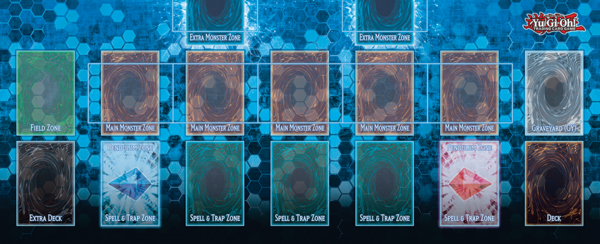
An additional stipulation to these new rules was that all monsters summoned from the extra deck must now be summoned to an Extra Monster Zone or a Main Monster Zone that a link monster points to. For many decks, this was a death knell - Killing off cards such as Goyo Defender and some strategies almost outright overnight, much to the dismay of some players. Upon the reveal of these new mechanics, many players immediately diverted their resources to gathering decks that avoided using the extra deck, such as Nekroz or Monarchs. Long term, it appeared that Extra deck focused decks remained strong, only needing to step through extra hoops such as Missus Radiant in order to open up zones.
Master Rule (April 1, 2020 Revision)
The most recent of the Master Rule changes arrived in April of 2020, with one change immedately impacting both the TCG and OCG, while the other rule changes followed in the TCG later, arriving in November of 2021. This was one of the first master rule revisions in Yu-Gi-Oh!'s recent history to not be accompanied by a new summoning mechanic like its predecessors.
The first rule, which impacted both regions of play was as follows:
- Face-down Fusion, Synchro, and Xyz Monsters in the Extra Deck can be Special Summoned to either an Extra Monster Zone or a Main Monster Zone, even if it is not pointed to by a Link Monster (Link Monsters and face-up Pendulum Monsters in the Extra Deck must still be Special Summoned to either an Extra Monster Zone, or a Main Monster Zone a Link Monster points to).
This rule change immediately reverted what was one of the key complaints that many had about the previous Master rule - The forced reliance on link monsters upon decks. Notably here Pendulums were left restricting, meaning that pendulum decks remain reliant on link monsters in order to properly summon multiple monsters back from the extra deck.
Additionally, the following changes were made:
- Trap monsters that are still treated as trap cards no longer occupy a Spell & Trap Zone.
- Monster effects that activate when the monster leaves the field no longer activate if the monster is returned to the Extra Deck face-down, unless specified.
- Cards can no longer activate their Trigger Effects if they were sent to different locations, or toa location that is not public knowledge. If the location of a card was moved from where it fulfilled its activation requirement before its effect activates, that effet will/can no longer activate.
- If a summon was negated, it is not counted towards card effects that would otherwise count it as if it were successful.
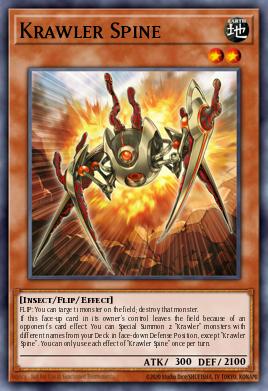
Overall, these were viewed as positive changes - Unrestricting some decks who were previously hampered by the new master rule, while others survive through the use of powerful link monsters. The true losers of these changes were largely pendulum duelists, particularly now in the TCG with cards such as Heavymetalfoes Electrumite being banned at time of writing, and decks reliant on monsters whose effects triggered when they left the field, such as many Krawler monsters like Krawler Spine.
This was my short summary of a history of changes to Yu-Gi-Oh!'s rules. While it's not possible to cover everything here in one article in great detail, I hope that some of you learned something new here you may not already have known.
What was your favourite Master Rule change? And do you forsee a new Master Rule change coming up? Let us know in the comments section below what your predictions are!




